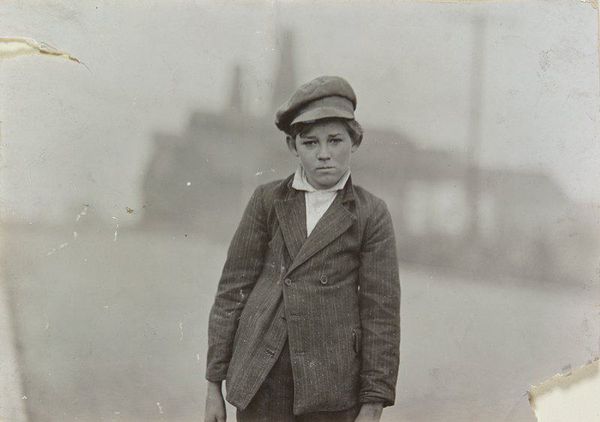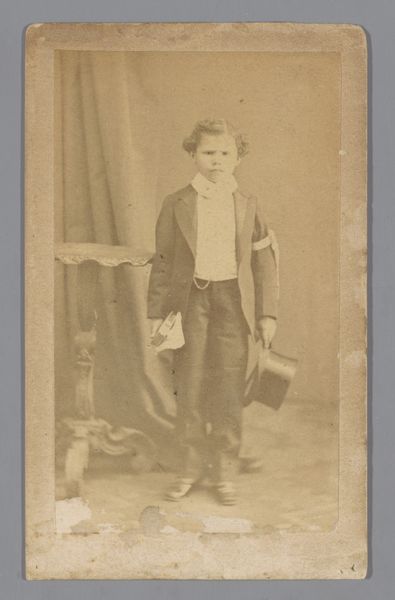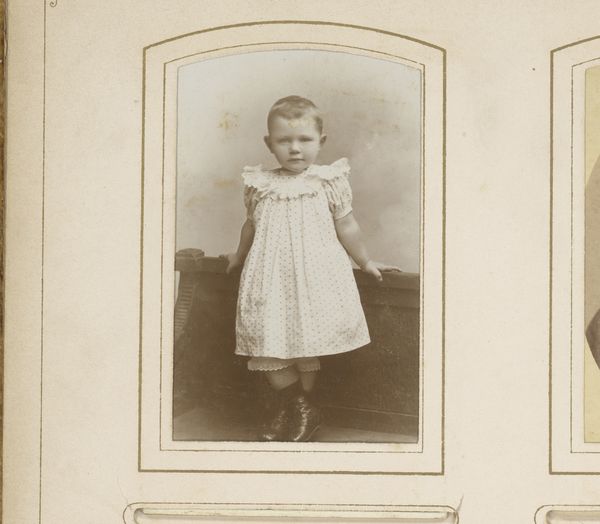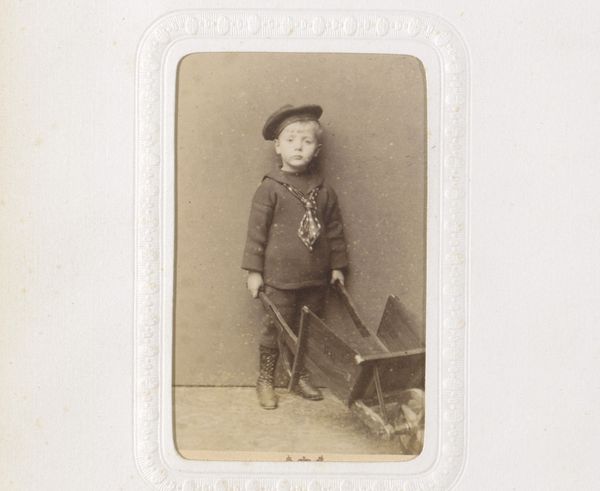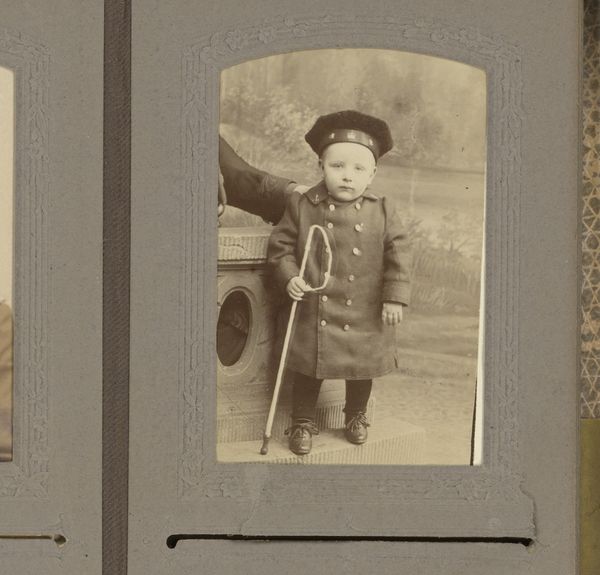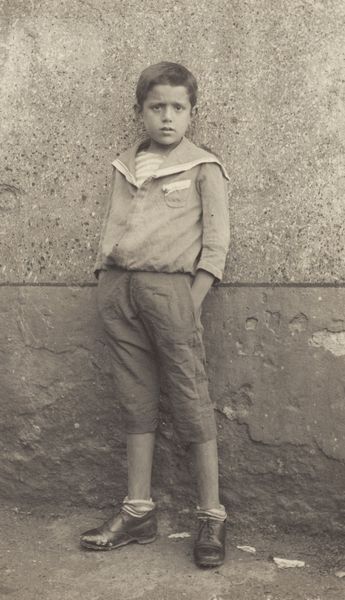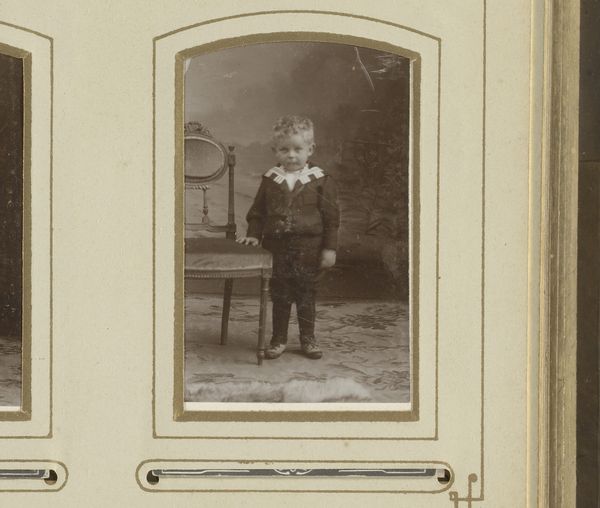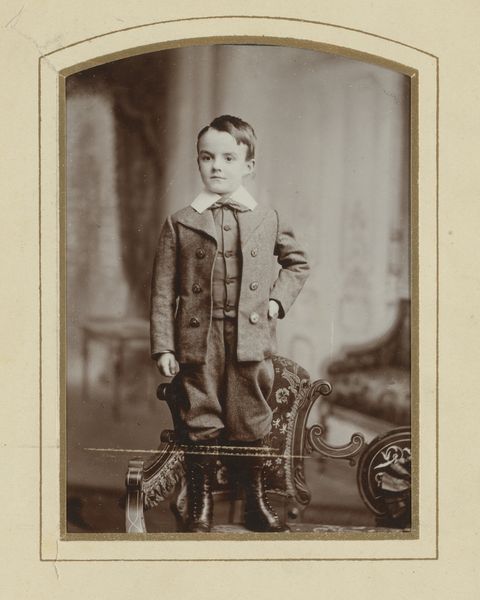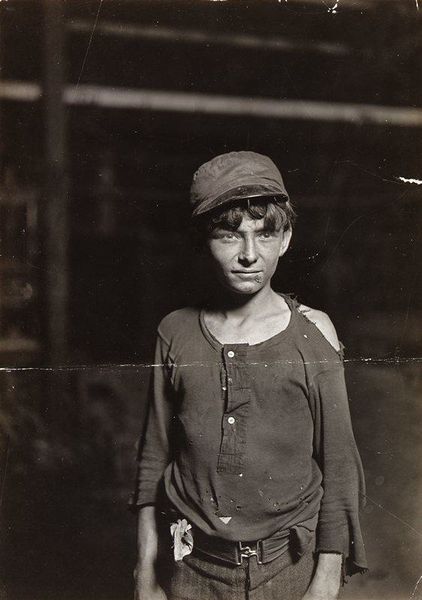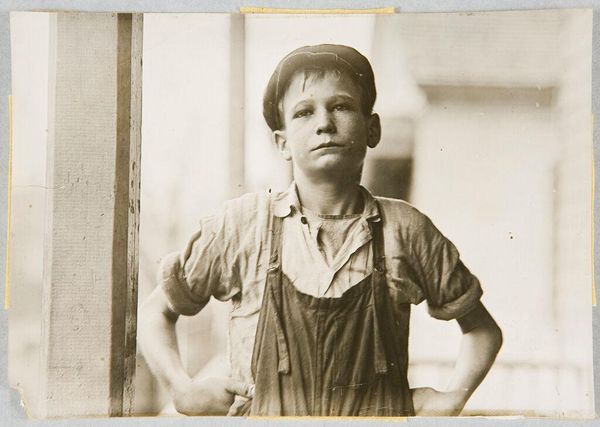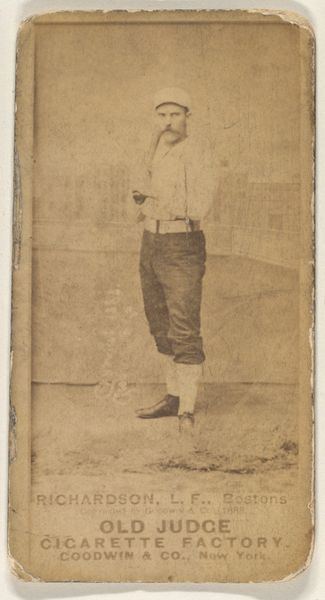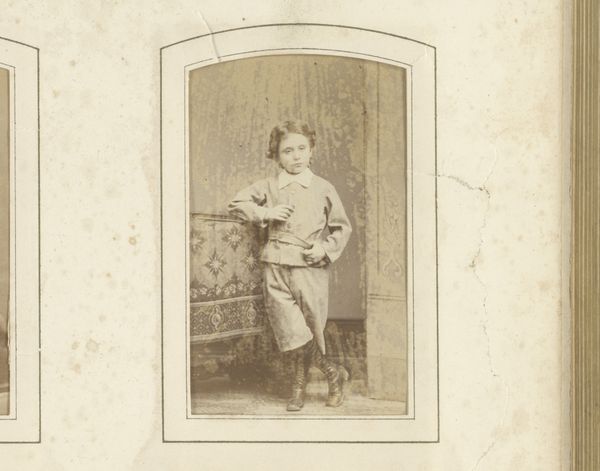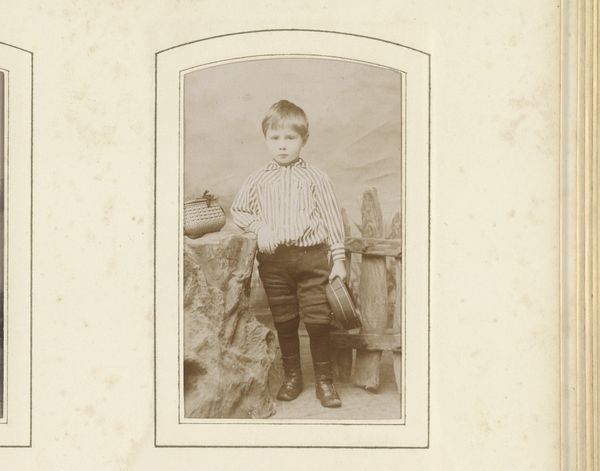
photography
#
portrait
#
landscape
#
outdoor photograph
#
street-photography
#
photography
#
historical photography
#
child
#
ashcan-school
#
portrait photography
#
realism
Copyright: Public domain
Curator: Here we have Lewis Hine’s photograph, "Boy from Loray Mill, Gastonia, North Carolina, 1908". Editor: It’s stark. That young boy’s face, dominating the frame, almost seems to float against the hazy background. You can practically feel the rough texture of his coat, rendered so clearly despite the softness of the sepia tone. Curator: The composition is deliberate. The subject is centered, confronting us directly, forcing an engagement. This aligns with Hine's wider work, seeking to evoke a profound human connection with his subjects. Editor: Exactly. Think about the material realities that formed this image. This is not just an aesthetic exercise. Hine was documenting child labor, bearing witness to exploitation through the very act of photographing. The medium itself becomes a tool of social reform. We must consider the implications of making such realities visible and how Hine crafted the narrative by intentionally taking the shot. Curator: Of course. However, note the interplay between light and shadow across the subject's face, particularly the dark shadows under his eyes – those contribute greatly to the overall expressive qualities, apart from what he represents. Also note the Rule of Thirds is employed even within the framing, and the subject is rendered as very stoic. Editor: The material and the context are inseparable, I believe. The boy’s clothing is clearly worn and working class, and combined with that faraway gaze, we can easily extrapolate a commentary on labor and how it marks children early on. This resonates beyond just form and tone. Consider the very real, and gritty world in which the portrait was created! Curator: True, and Hine, associated with the Ashcan School, often depicted the urban working class. What is highlighted here, however, is how such choices manifest visually through his arrangement and framing of elements within the photograph. Editor: For me, it is precisely how those "elements" signify the exploitation. Hine wasn't simply arranging shapes; he was presenting visual evidence meant to fuel political change by presenting us with a certain undeniable rawness, which is visible and, most importantly, palpable through material signs. Curator: It's a potent blend of photographic technique and social commentary. Thinking about his practice has definitely given me some new perspective. Editor: Agreed. Understanding the tangible realities helps to illuminate the intended, meaningful impacts of such portraits.
Comments
No comments
Be the first to comment and join the conversation on the ultimate creative platform.
